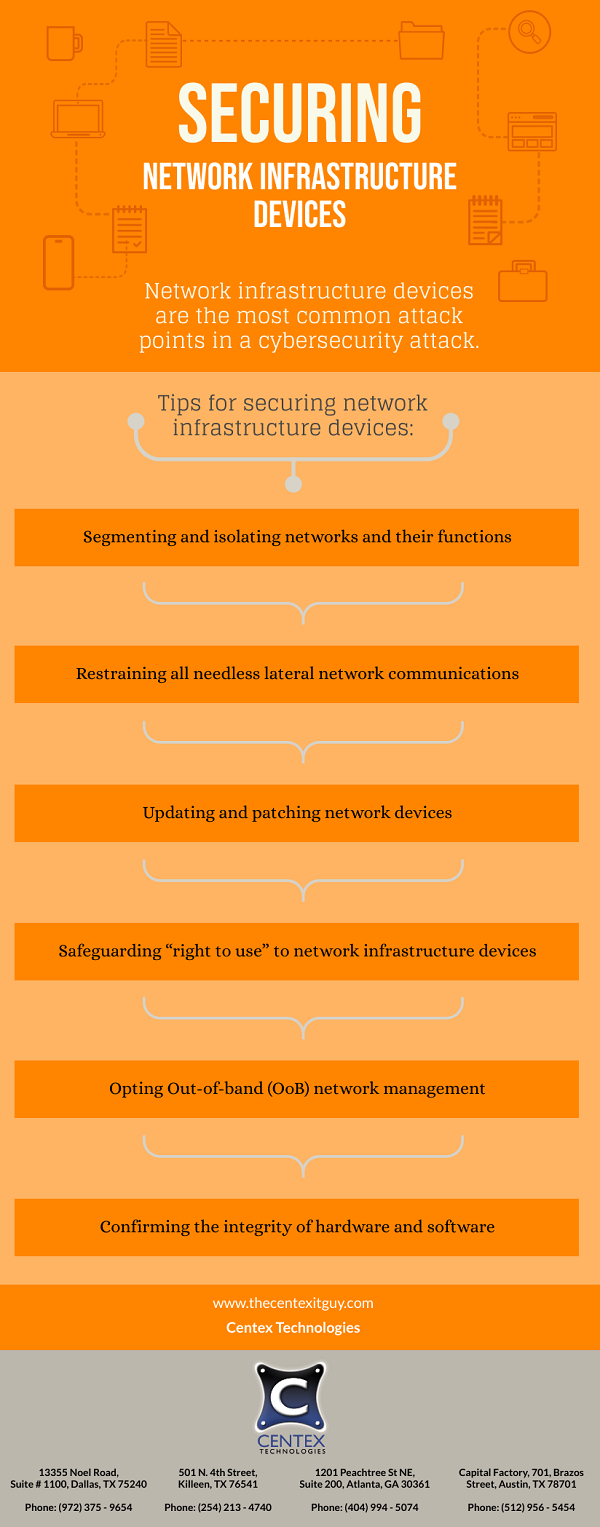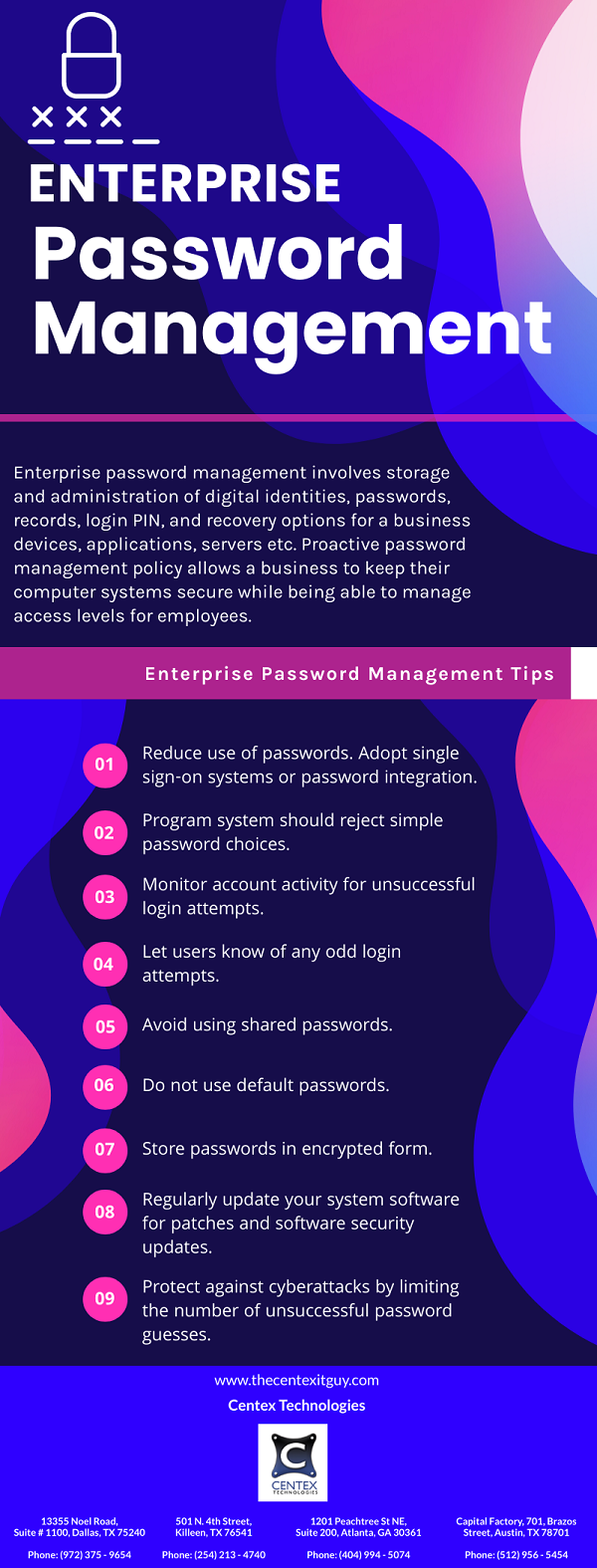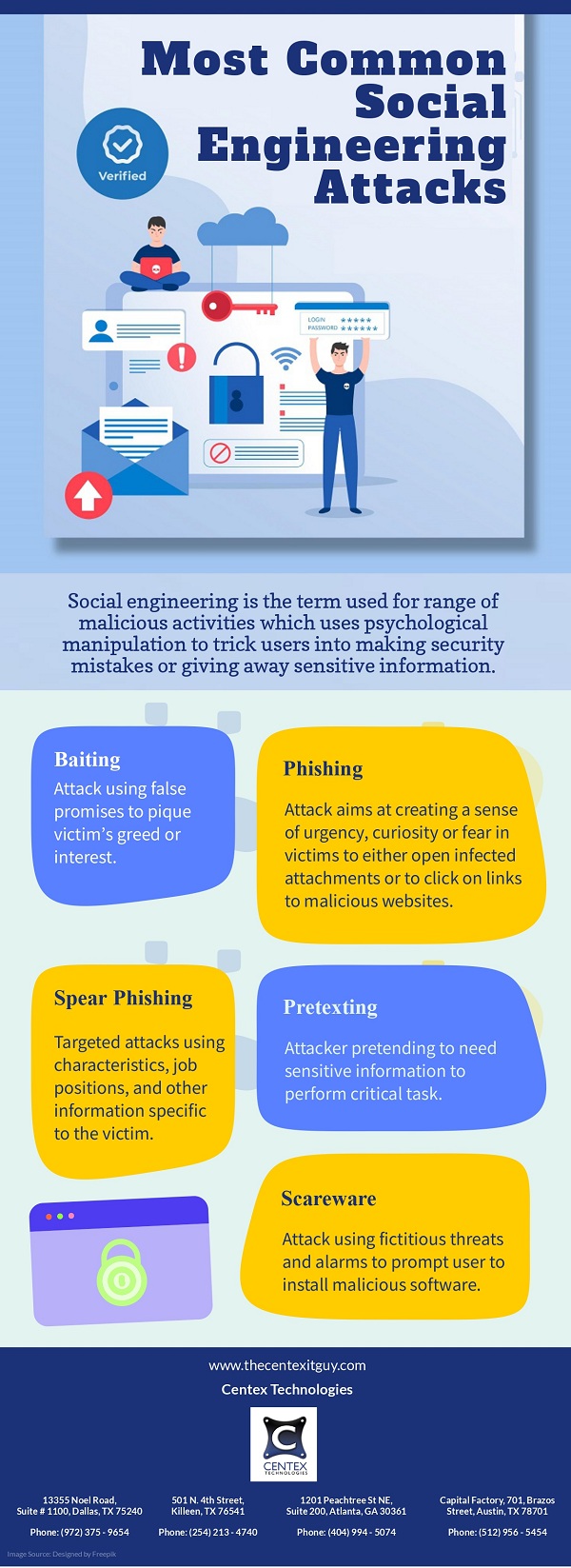 PDF Version: Securing-Network-Infrastructure-Device
PDF Version: Securing-Network-Infrastructure-Device
Category: Security Page 17 of 79
Penetration testing looks for security flaws in the company’s web-facing assets. A thorough pentest not only detects vulnerabilities, but also explores potential exploits and forecasts the system’s impact. It’s a time-consuming and demanding technique. It is, however, crucial.
What exactly does automated penetration testing entail?
Penetration testing has generally been done manually, with automated methods being used only on rare instances. This is because the primary purpose of a penetration tester is to think like a hacker and obtain access to the system with least effort. This also involves circumventing critical security systems. Automated tools are unable to do so. Penetration testing looks for security flaws in the company’s web-facing assets.
Is testing the apps in an automated penetration sufficient to identify security flaws?
The problem of sporadic and infrequent vulnerability testing has been solved by implementing automated penetration tests. Automated penetration testing, on the other hand, excels at identifying low-hanging fruit. It cannot, however, test more complex (or trivial) problems as rapidly as a security researcher. Because automated penetration testing is algorithm-based, comparable results are achieved under identical conditions. In any case, an automated pentest does not present the entire picture. It is insufficient in terms of compliance.
A human-performed manual penetration test can identify business logic difficulties, coding flaws, and loopholes that automated scanners cannot. As a result, manual penetration testing isn’t completely off the table. For optimum security, automated penetration testing should be coupled by manual pentesting on a regular basis.
How do automated penetration testing tools function?
Automated penetration testing software replicates the procedures used by human penetration testers. These techniques are also imitations or simulations of hacking and cybercrime tactics employed by actual hackers and cybercriminals. When compared to traditional penetration testing, the use of AI and machine learning can make the tests easier to run, but there are limitations.
The term “automated penetration testing” typically refers to a wholly automated method. Because artificial intelligence is so prevalent, almost every pentest contains some automated functionality. However, in the case of completely automated exams, the sole interaction with another human occurs generally prior to the test. Human participation is also essential throughout the negotiating process, as well as after the test, when operationalizing plans based on testing findings.
To function efficiently and successfully, every automated pentesting programme must be provided with the following human inputs:
- Determine your testing needs – The first step is to establish what sort of test you need to conduct on your system and how extensive the test should be depending on the system’s use and needs
- Determine the testing methods – The next step is to select the best test technique for your needs. It might be automated, manual, or a combination of both.
- Schedule a test appointment – Create a timetable for your testing activities. Penetration testing often entails a set of operations spread out across time. It is critical to plan your testing operations in order to reach your deadline and prevent overworking the system.
- Select the appropriate testing equipment – There are several automated tool configurations available for penetration testing. The pentester can choose static or dynamic, and vice versa.
- Determine the required testing frequency – It’s also critical to choose the best test frequency, which might be based on an industry standard or a professional’s choice. Whatever approach you employ, it’s vital to schedule and commit to frequent retests.
Prepare the resources needed for storing and documenting the results.
This is an essential component of a penetration test. A pentester must keep track of test results. These reports may be used as a reference point in the future.
The Most Important Advantages of Automated Penetration Testing
A. Tests are carried out at a high frequency and at a quick pace.
Traditional testing yield results far more slowly than automated pen-tests. This speed allows for periodic or recurrent testing rather than one-time occurrences.
B. There are numerous scopes defined in test settings.
Because tests may be performed on a regular basis, they can begin at numerous weak points to give the widest possible range of information concerning vulnerabilities.
These points are especially crucial in light of legally enforced security limitations. To satisfy compliance framework standards, automated penetration testing technologies are often employed. The PCI-DSS (Payment Card Industry – Data Security Standard) risk scanning criteria may be easily met by doing periodic automated pen-tests.
Centex Technologies offers comprehensive online security solutions, such as security audits and penetration testing. Call (855) 375-9654 for additional details.
Cyber threat intelligence refers to information about cyber threats and threat actors that can be used to mitigate cyber attacks. Sources of cyber threat intelligence include open source resources, social media, human and technical intelligence factors, deep or dark web intelligence, etc.
Cyber threat intelligence teams collect cyber threat information, evaluate it in context of its reliability and source. It also analyzes information through rigorous and structured tradecraft. The process of threat intelligence is a cycle because it identifies intelligence gaps and tries to answer unresolved loopholes which lead to the requirement to collect new information which starts new cycle of threat intelligence.
Here are some reasons that make stronger case for the role of cyber threat intelligence teams in organizations:
- Lowering Cost: In case of a data breach, an organization has to bear data loss and many other costs including post-incident remediation, restoration, fines, lawsuit fees, investigation expenses, and damage to reputation. Cyber threat intelligence helps in lowering overall expenses and save business capital by improving cyber security defenses to mitigate an organization’s risks.
- Lowering Risks: Cyber criminals keep on looking for improved ways to penetrate organizational networks. Cyber threat intelligence provides insight and proper visibility into emerging security threats to reduce risk of information loss, minimize or block disruption in business operations and maximize regulatory consent.
- Avoiding Loss Of Data: Cyber threat intelligence system helps in blocking any suspicious IP addresses or domains that may be trying to penetrate an organization’s network to steal sensitive data. It is important to detect and mitigate these intrusions well in time to prevent them from developing into distributed denial of service attacks.
- In-Depth Cyber Intelligence Analysis: Cyber threat intelligence teams play an important role of helping organizations analyze different techniques used by cyber criminals. This analysis can be used to evaluate the cyber security strategies, protocols and defense systems of an organization to check if they are capable of blocking latest cyber threats.
- Threat Intelligence Sharing: Threat intelligence teams share information on newly found cyber threats across other networks. This information can help other teams in updating their security systems to prevent hackers from executing such attacks at a larger scale.
When implemented efficiently, cyber threat intelligence teams can ensure an organization stays up to date with overwhelming volume of threats and become proactive about future cyber security threats.
For more information on role of threat intelligence teams, contact Centex Technologies at (254) 213 – 4740.


